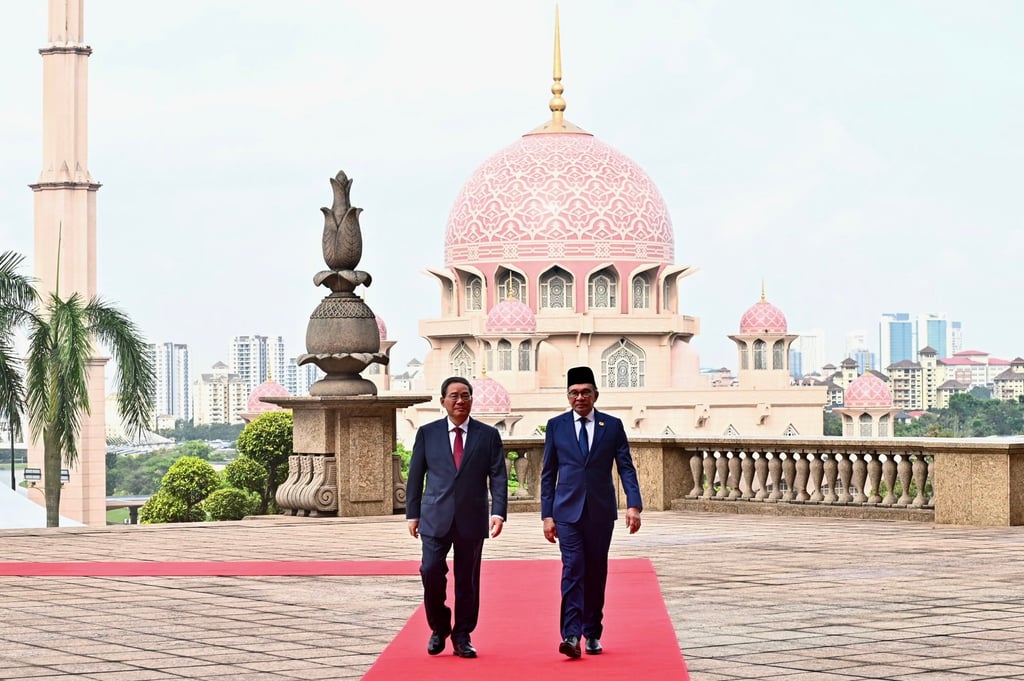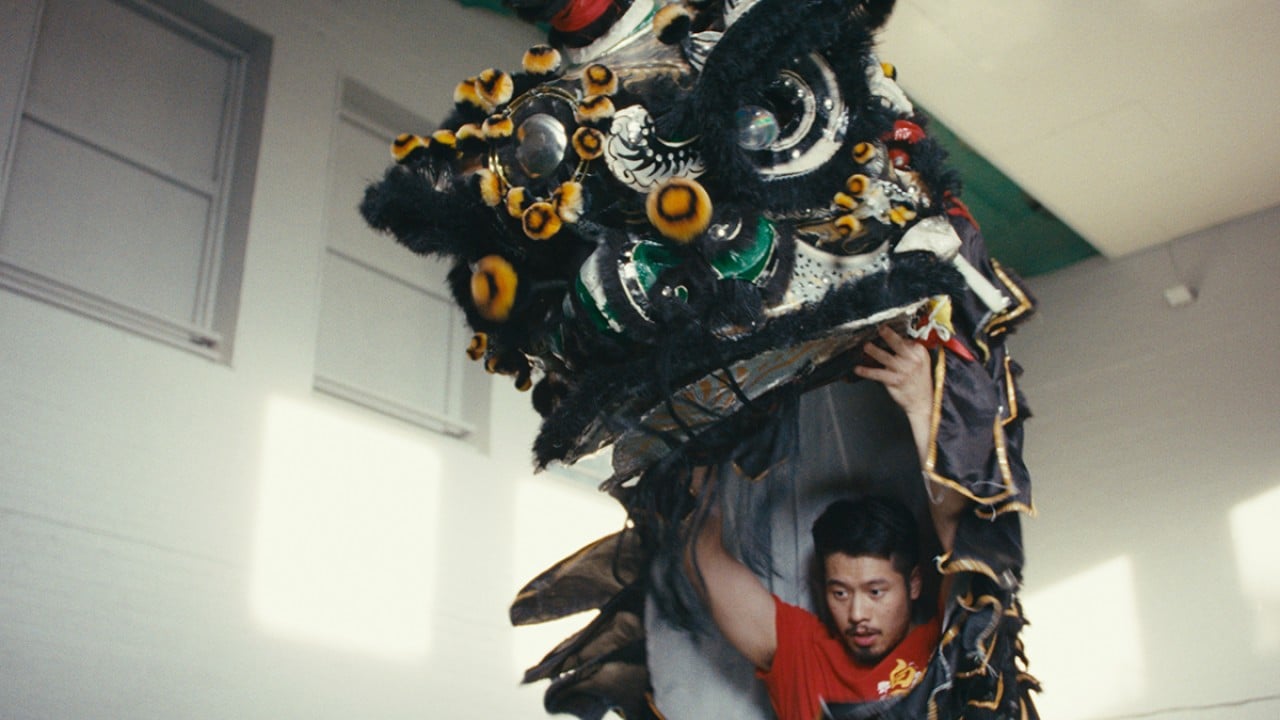China, Malaysia jointly put the lion dance on the Unesco cultural heritage list
The purpose of the list from the United Nations heritage organization is to help protect the traditions and lifestyles of peoples around the world, such as the cultivation of silk in China, the Arabic script and the “nora” dance. from Thailand.
References to the lion dance have been found in books as far back as the fourth century, including the Chinese book Shujing, also known as the Book of Documents. The practice is widespread throughout Southeast Asia, carried on by communities that historically originated in southern China.
“Both sides celebrate the lion dance as a form of shared history and jointly promote the protection of shared heritage,” a statement on the joint decision said.
Chinese Ambassador Ouyang Yujing hailed the initiative as able to “preserve and illuminate this common heritage in new times”.
It is not the first time that the two countries have cooperated to protect an important cultural practice: in 2020 the Wangchuan festival, which includes traditions to maintain a sustainable relationship between people and the sea, was added to the UNESCO list in after a joint election by China and Malaysia.

“The combined dance reflects the tradition’s deep roots in China and Malaysia, as well as the existence of contemporary lion dance communities in both countries,” said Wilcox, who majors in art history and culture. of China.
“The combined selections help to recognize the global nature of Chinese culture and its importance throughout the Southeast Asian region.”
Modern interpretations of the art form – often performed during celebrations such as weddings, business events and Chinese New Year – depict dancers dressed in lion costumes performing acrobatics with culture along with rhythmic drums.
Wilcox described the practice as “culturally meaningful”.
“In the multicultural nations of Southeast Asia, the lion dance has sometimes served as a public expression of Chinese minority identity in the face of policies,” he said. a philanthropy or local restrictions on Chinese cultural practices.”
Malaysia’s National Cultural Policy, introduced in 1970, defines the heart of the country’s identity as indigenous Malays and Muslims, emphasizing the absorption of non-Malays into the Malay race.
“Since the 1990s, Malaysian Chinese have enjoyed more opportunities to express themselves publicly through [their] culture, of [the] lion dance is an important part… [with] groups that create important social networks in the local community, and help preserve cultural heritage from one generation to the next,” said Wilcox.
“Such cultural cooperation between China and Malaysia is not due to political pressure. It reflects the shared values and long historical relations between the two nations,” said Koh, noting that bilateral relations the two are not limited to business and investment.
He said: “Cultural exchange and cooperation promote people-to-people bonds, which is the basis of strong bilateral relations, especially in a multicultural society like Malaysia.”
“The lion dance is accepted by all Malaysian communities. Now there are lion dance groups with members mainly made up of Malays and Indians.”
Malaysia is also aiming for a Unesco nomination for the 24 drum festival, a performance that combines drumming and choreography inspired by agricultural workers, Koh said. It refers to the lunar calendar of the 24 solar terms, which was created by farmers in ancient China to guide agricultural matters and agricultural activities.
“As the process is based on ancient Chinese traditions, it has a good chance to be included in the list if the production is done jointly by Malaysia and China,” he said.
#China #Malaysia #jointly #put #lion #dance #Unesco #cultural #heritage #list

